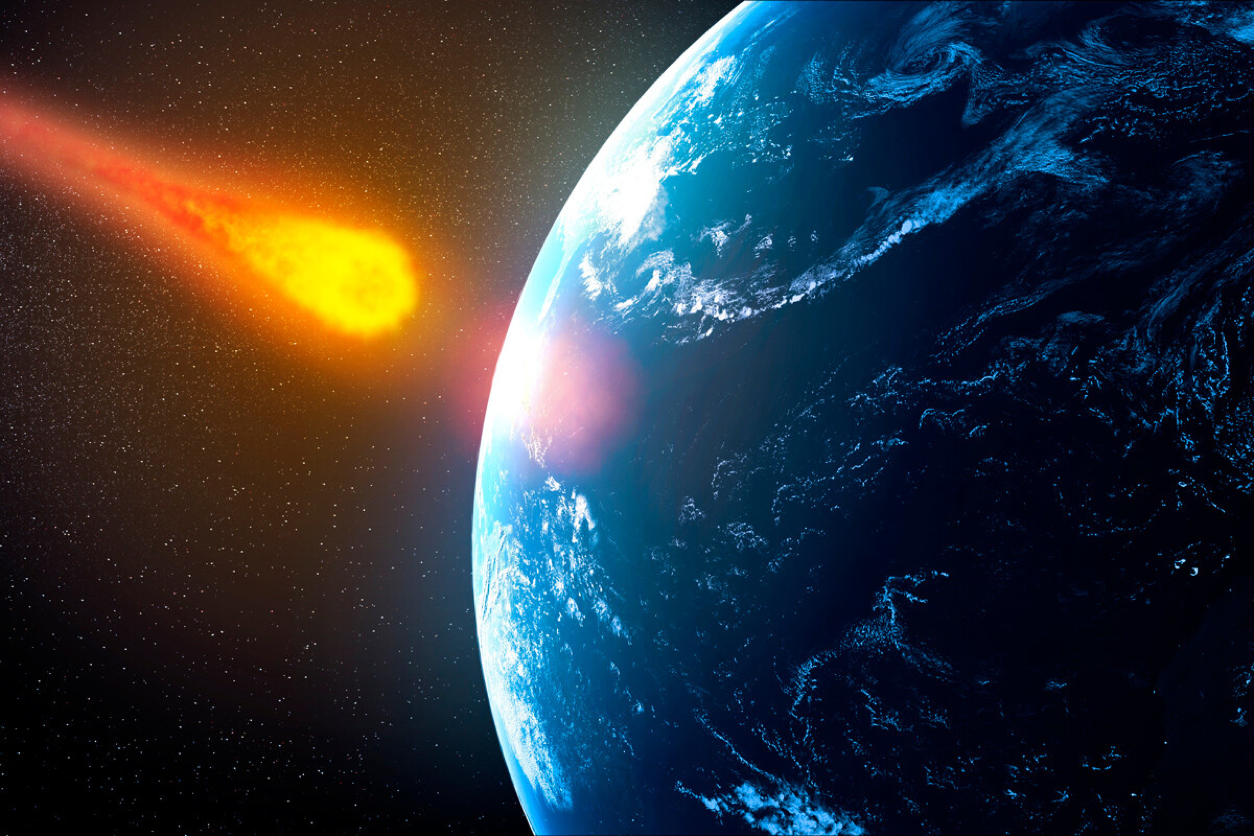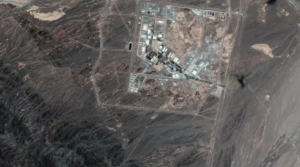There’s a higher chance of the asteroid striking the Earth than you finding a four-leaf clover. Scientists have 160 years to deflect it.
This Sunday 24 September, NASA scientists will collect a 1kg sample of space dust and pebbles that will parachute down from an asteroid to the Great Salt Lake Desert in Utah, USA.
The sample has been travelling 28,000 mph (7,778 km/h) for three years since it was collected from the asteroid known as Bennu. This is the most anticipated moment in NASA’s catchily named Origins, Spectral Interpretation, Resource Identification, Security-Regolith Explorer (OSIRIS-REx) mission.
Bennu is dubbed ‘the world’s most hazardous asteroid’ due to it having the highest score on the Palermo Technical Impact Hazard Scale.
That’s because exactly 159 years later to the day, Bennu may strike the Earth with so much force that continents could divide.
The risk of this happening is 1 in 2,700. This risk sounds low (and is – given it was initially calculated at 1 in 1,750). But it is almost twice as likely as someone finding a four-leaf clover (1 in 5,000), or over five times as likely as someone being struck by lightning (1 in 15,300).
Being only one-twentieth of the size of the Earth-striking asteroid that killed the dinosaurs, Bennu would not destroy the Earth or even the life on it. However, the asteroid would leave a crater four miles (6.4 km) wide and knock down nearby cities.
A collision course with Earth
The OSIRIS-REx mission launched in 2016 on a seven-year mission to collect the asteroid sample. The six-second process took place in 2020, before the spacecraft started its return journey to Earth.
Already, early analysis has provided some insight into the asteroid’s trajectory. Bennu is due to make its next close flyby of Earth in just over a century, in 2135.
Terrifyingly, this flyby could put Bennu on a collision course with the Earth because of our planet’s gravitational pull. Initially, scientists calculated that Bennu could pass through 26 ‘gravitational keyholes’ on its path – any one of which could drag its trajectory in line with the Earth.
If this happens, Bennu has the greatest chance of smashing into Earth on September 24, 2182: almost exactly 159 years from now.
However, in 2021, NASA announced that only two of these keyholes remained viable after initial data analysis.
How to change the path of an asteroid
Sunday’s sample could improve projections of Bennu’s trajectory even more. “We need to understand exactly the composition of such asteroids if we are to deflect them out of harm’s way in the future,” Dr Darren Baskill, astronomer lecturer at the University of Sussex, told BBC Science Focus.
But it won’t be until 2135 that we know for certain.
“Asteroids are notoriously difficult to predict when it comes to what will happen exactly in the future,” said Baskill. “An analogy is hitting a long pot in snooker – will the ball go straight in the pocket or rattle in the jaws?”
According to Baskill, asteroids – unlike snooker balls – can also be affected by solar wind. “The Sun frequently ‘burps’ gas into space, and these can ever so slightly affect the orbit of an asteroid making it incredibly difficult to say what will happen with certainty centuries ahead of time.”
In 2135, if things don’t look good for Earth, scientists will have just under 50 years to deflect the asteroid. In 2022, NASA successfully trialled such a feat within its Double Asteroid Redirection Test (DART) mission.
“That’s feasible in a 50-year time frame,” said planetary scientist Lindley Johnson of NASA’s Planetary Defense Coordination Office during the announcement in 2021 – especially when accounting for technology advances.
He added: “I don’t think we need to do anything about Bennu.”
Excitingly, scientists hope that the samples will also help us understand how the solar system and Earth formed. While it’s unlikely, they could also contain biological material – signalling signs of live elsewhere in the solar system.




